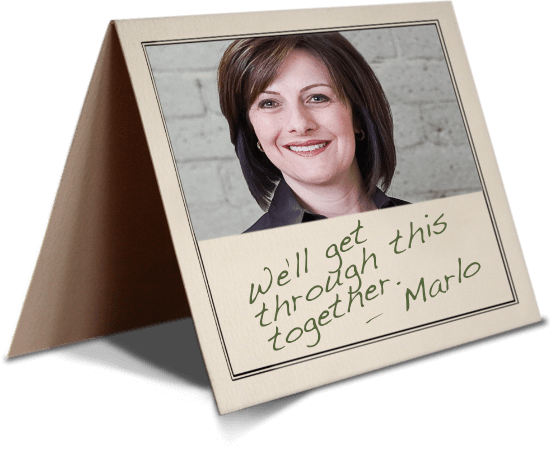Most clients want their divorce, custody, property and financial issues resolved sooner rather than later. The key to accomplishing this is hiring a lawyer who values this goal and understands how to get the case to the point that it can be settled. Obviously, not every case can or should be settled, but statistics tell us that upward of 90% of cases settle – the question is when. This can best be accomplished through critical steps, which this firm has trademarked: Strategy. Guidance. Teamwork.™
STRATEGY. The lawyer and the client must work to develop a plan of action to achieve the desired, realistic goal. Family law matters are usually very emotional and therefore setting realistic goals, given the facts, the law, and the needs and values of the parties, is critical.
GUIDANCE. Advice and counseling from a family law attorney is a necessary element to settling a case. Once the strategy is established, the attorney must actively guide the client to implement the strategy. Cases can best be settled when the facts and other critical evidence have been fully developed. This means that, in order to settle a case, the case must be prepared as though it is going to be litigated. It is at this point when decisions can be made based upon full information developed by the lawyer and client. If all of this work has to be done to settle the case, clients often ask, what is the advantage of settling rather than going to court? The advantage is that, when parties settle their case, they have control over the outcome. When a case goes to court, the decision is turned over to a judge and the outcome is often unpredictable.
TEAMWORK. In order to develop facts and other evidence critical to the case, information other than from the client and lawyer is often required. For example, real estate appraisals, business appraisals, custody expertise or tax advice may be required to implement tactics which will advance the plan of action created to achieve a goal. Using experts and other professionals as part of the team necessary to settle a case is powerful because it is an excellent way to develop and understand possible settlement options. This gives the lawyer and client the flexibility to consider a settlement which still achieves the initial goal, but possibly through a different plan of action than initially considered. The strategy evolves as the team of experts provides more information.
Strategy. Guidance. Teamwork. ™ This process certainly works to develop a position in a case, but it is only part of the equation to actually reaching settlement. Together the client and lawyer must assess, among many other possibilities, the following:
- The cost of settling versus litigating. This addresses the client’s ability to financially fund ongoing litigation as well as a client’s “psychological dollars” – the emotional reserves they and their children can draw upon if the case continues to be litigated.
- The other party’s case. Knowing the strengths and weaknesses of the other party’s case is critical. This information allows the client and lawyer to make a similar assessment of their own case and identify those issues on which they have the most leverage to achieve a settlement.
- The most practical settlement. Every settlement is a compromise in which neither party gets everything they want. When assessing settlement options, it is important to prioritize goals and to be very clear on the bottom line: the settlement you could live with if you had to accept it to resolve the case.
Settlement is never easy. The parties must be open to a compromise and have the time and money to factually and legally prepare a case so that it can be settled. Attempting to settle a case without these elements is usually fruitless. Strategy. Guidance. Teamwork.™ This is the most direct path to resolution of a family law case. Although settlement takes time and money, it also assures there will be a controlled outcome – one accepted by both parties – rather than an expensive roll of the dice in a courtroom.
